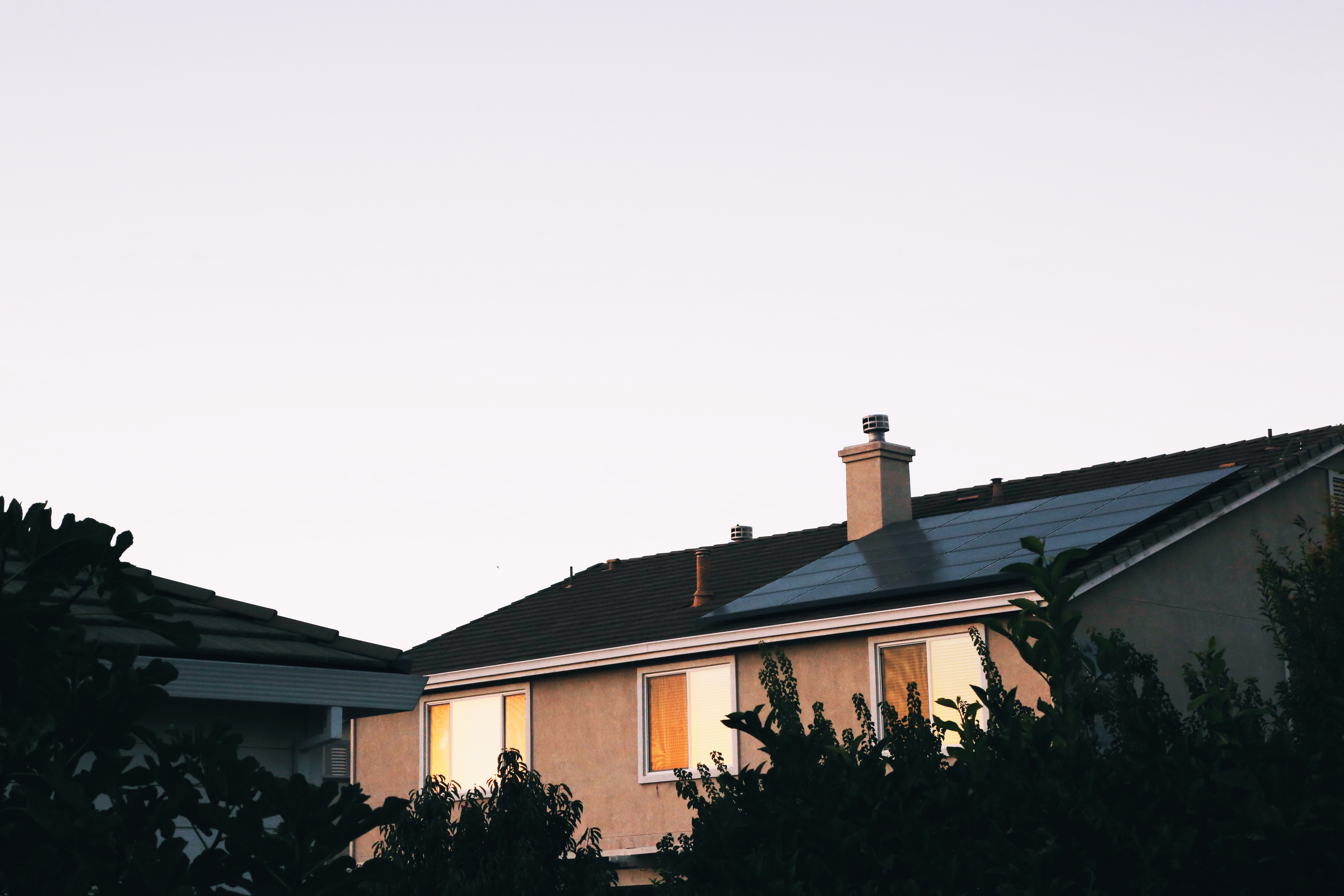Why solar energy?
Bathed in the sun's glow, our planet gets a ton of sunlight. Just one hour's worth could power the whole world for a whole year! As the source of almost all energy on Earth, there's no question as to how solar energy compares to regular fossil feuls. Practically anyone can buy and set up solar panels to use this abundant sunlight. Plus, it saves a lot on electricity bills in the long run.
How it works
There are two common methods to turn the sun's power into electricity. The first way is using photovoltaics (PV), those panels you see on roofs. When sunlight hits them, it creates an electric field, making electricity flow. The second way is concentrating solar power (CSP), mostly used in big power plants. It uses mirrors to focus sunlight onto special receivers, heating up a fluid, which then makes steam. This steam is used to spin a generator thus converting solar energy into electricity. To learn more about the mechanisms behind solar energy, click [HERE]

Costs to consider
The cost of solar panels can varry based on various factors, like the size of the system, the type of panels, installation labor, location, and additional components. But typical residential systems can cost anywhere from $10,000 to $25,000. The cost of installing solar panels can be split into two main categories: Hard Costs, and Soft Costs. Hard costs refer to the cost of the hardware or the physical technology. Soft costs on the other hand, are all the logistical costs for going solar. These costs include permitting, financing, and installing solar, as well as the expenses solar companies incur to acquire new customers, pay suppliers, and cover their bottom line. Soft costs can make up a significant portion of the cost when it comes to installing solar panels. Learn More [HERE]
Savings
The amount of money you can save with solar depends upon how much electricity you consume, the size of your solar energy system, and how much power it is able to generate given the direction your roof faces and how much sunlight hits it. Even though there are multiple factors that contribute to determining the savings solar panels make, on average about $100 - $150 is saved every month. Solar panels are known as great investments because they last upto 25 to 30 years and it only takes 7 to 10 years to pay for themselves. This allows for 15 to 23 years of passive savings. Additionally, homeowners are also able to setup Net Metering if their utilities allow for it. Net metering is an arrangement between solar energy system owners and utilities in which the system owners are compensated for any solar power generation that is exported to the electricity grid. Whether or not your solar system qualifies for net metering payments depends on policies and practices in your state and electric utility. Find out more on Net metering [HERE]
Tax Benefits
Switching to solar energy not only helps you reduce your environmental footprint but also comes with financial benefits. The federal residential solar energy tax credit, also known as the Investment Tax Credit (ITC), can be claimed on federal income taxes for a percentage of the cost of a solar photovoltaic system paid for by the taxpayer. These tax credits are typically around 30% if your system was installed in the recent and future decade.
Elegibility
In order to be eligible for the federal solar tax credit, you must own the solar energy system, either through outright purchase or financing, and have it installed on a property that meets specific criteria. Eligible properties include primary residences as well as second homes, extending the benefits to a broad spectrum of homeowners. It's crucial that the solar panels installed meet the efficiency and environmental standards outlined by the government. Learn more about elegibility and Tax credits [HERE]
Good Practices
To ensure the best efficiency and continued longevity of your solar panel system, here are some practices to keep in mind.
1. Regular cleaning
Keep solar panels clean to ensure optimal sunlight absorption. Dust, dirt, bird droppings, and other debris can accumulate over time and reduce the system's efficiency. Regular cleaning, typically a few times a year, helps maintain peak performance.
2. Trim Surrounding Vegetation
Make sure that trees, branches, or other vegetation do not cast shadows on the solar panels. Regularly trim any overhanging branches or vegetation that could obstruct sunlight and impact the system's output.
3. Professional Inspections
Schedule periodic inspections by a qualified technician to assess the overall health of the solar panel system. Professionals can identify potential issues, such as loose wiring or inverter malfunctions, that might not be immediately apparent.
4. Protect Against Extreme Weather
While solar panels are designed to withstand various weather conditions, extreme events like storms or heavy snowfall can potentially cause damage. Ensure that the system is installed securely and consider protective measures if your location is prone to severe weather.

